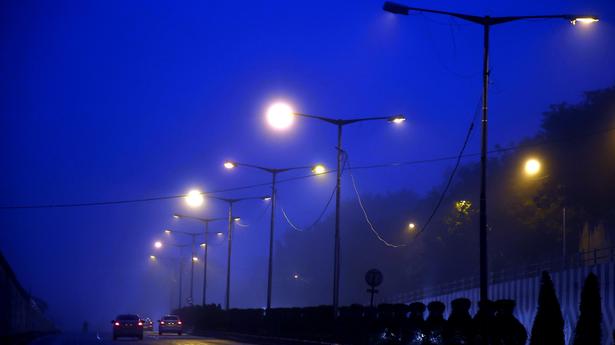
5G cells to piggyback on poles, hoardings
The Hindu
Base stations deployed will bring network closer to people
To expedite the roll out of 5G, telecom operators in the country will leverage street furniture such as poles, advertisement hoardings and bus shelters for deploying low power base stations called ‘Small Cells’ that will help bring the network closer to the consumers.
“Small Cells are needed for deploying 5G as opposed to earlier generations such as 4G, because of the frequency. The higher the frequency, the lower the wavelength, which means that the distance they travel is less,” S.P. Kochhar, Director General at Cellular Operators Association of India, said.
He added that for higher frequencies in the range of 3.3-3.6 GHz, which are expected to be used for offering 5G services, the waves will travel around 100-150 metres. At present, telecom towers, which are about 30 meters high, are placed at a distance of about 5 km apart.
The Telecom Regulatory Authority of India (TRAI) has also issued a consultation paper on the Use of street furniture for small cell and aerial fiber deployment, wherein it states that Small Cells will play a critical role in success of 5G as these are needed to exploit features of 5G such as low latency (minimal delay times), ultra-high speeds, and massive connection densities.
Small Cells are low-powered radio access nodes or base stations that have a coverage range from a few metres to a few hundred metres. They are portable, easy to deploy and help provide localised coverage. As per the TRAI paper, Small Cells provide coverage for very short distances and therefore they are installed in a large number – even more than 200 per sq. km – for good geographical coverage to provide highly reliable and high-capacity broadband.
Mr. Kochhar added that lower height (6-7 metres) poles are sufficient to install Small Cells, and a good ecosystem of such poles already exists in the form of street lights, electricity and traffic poles. “We expect to cover about 100-metre radius from each pole for the coverage to be adequate,” he said.
Leveraging existing street infrastructure will also save the hassle and investments needed for erecting new roadside poles, especially in highly populated areas.













